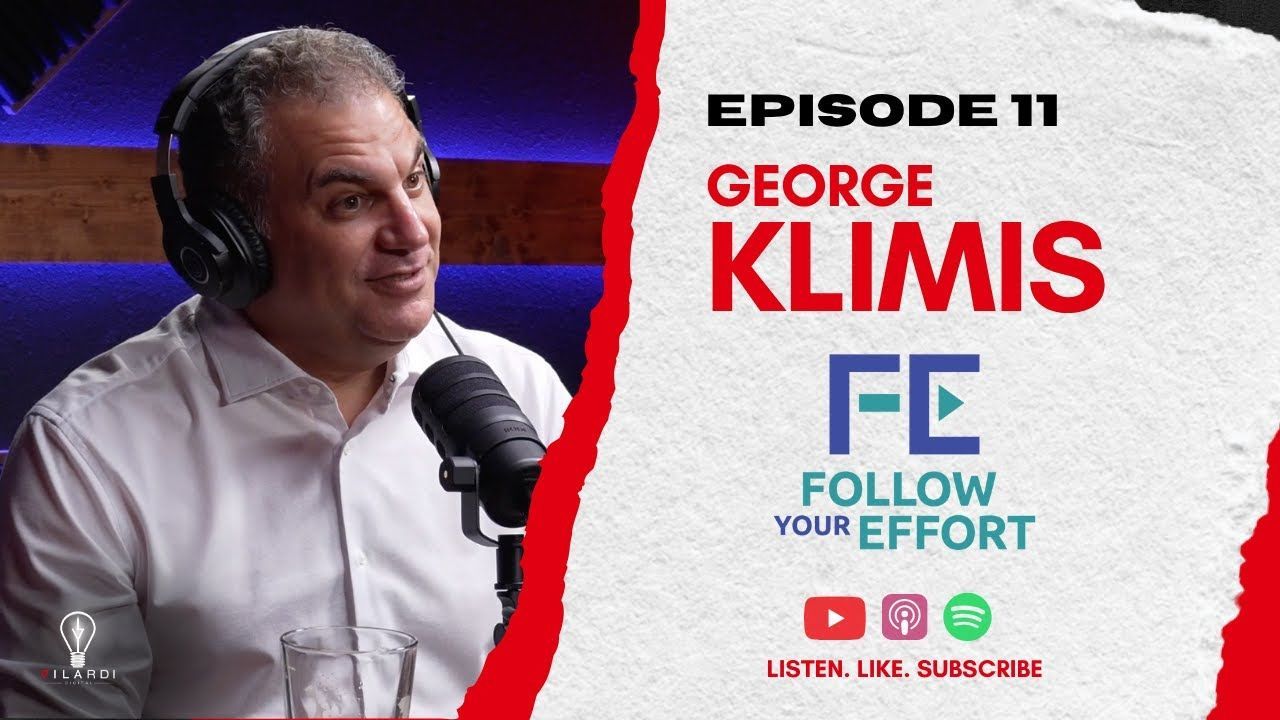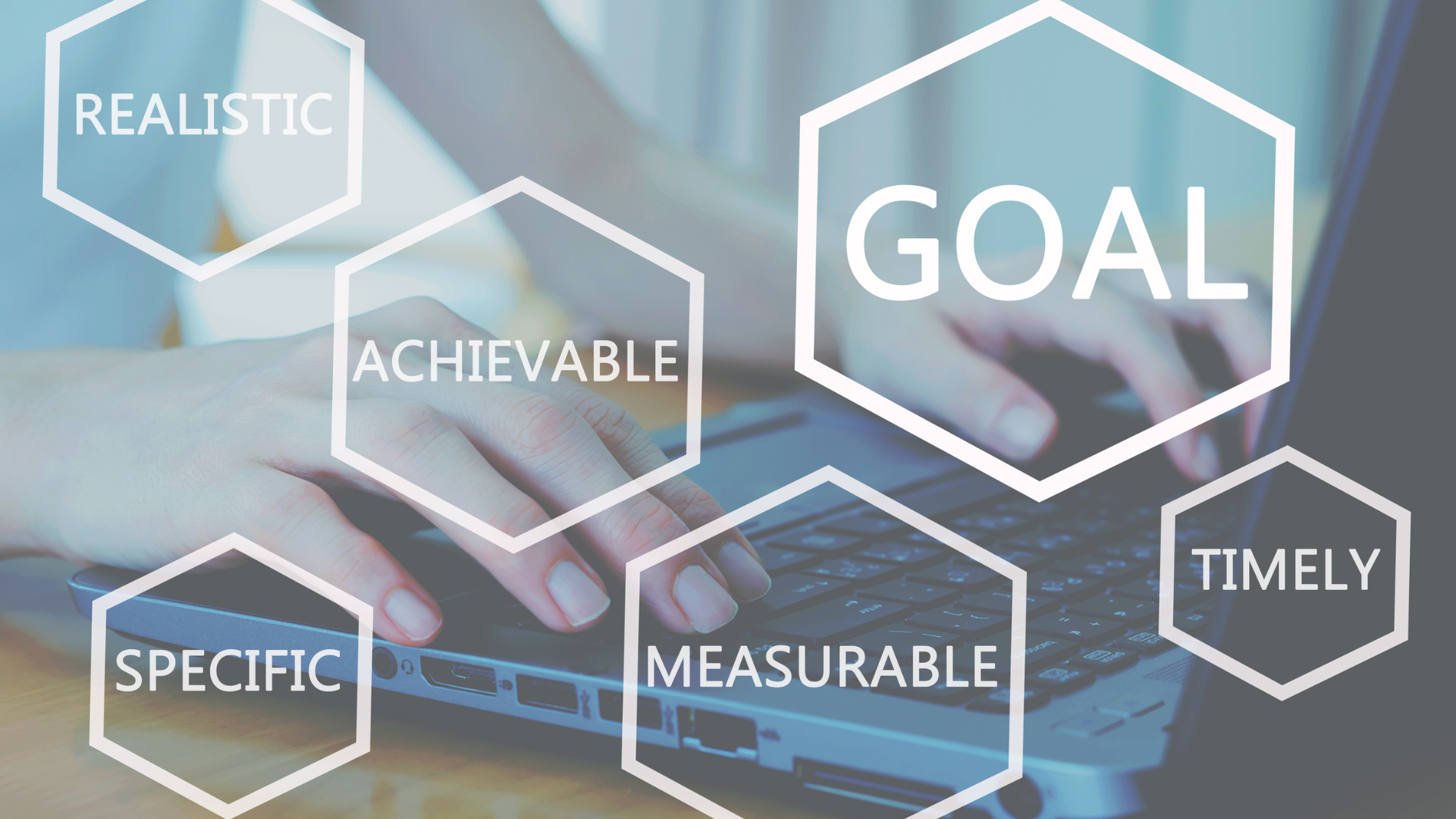THE ART OF THE PIVOT:MASTERING EMOTIONAL INTELLIGENCE IN CUSTOMER SERVICE
The Art of the Pivot: Mastering Emotional Intelligence in Customer Service

THE ART OF THE PIVOT: MASTERING EMOTIONAL INTELLIGENCE IN CUSTOMER SERVICE
Let’s be real! Some days can feel like we are walking a tightrope in a windstorm. One wrong word and boom—tension skyrockets, tempers flare, and everyone’s day goes sideways. But what if you had a go-to move that could shift the tone, calm the chaos, and win the moment?
That move is the pivot.
No, we're not talking about ballet or sitcom memes (looking at you,
Friends fans). A pivot is something we could all stand to do a bit more often. Unfortunately, we often get so locked into our own perspective that we forget we have this amazing power to step back, switch gears, and save the day.
And because I love real-world examples, let’s focus on pivoting in
customer service. Picture this: You’re minding your own business, having a decent day, then—BOOM—a customer storms in with the thundercloud of all attitudes, ready to unload every drop of frustration on you. Sound familiar? You know the types:
- The belittler (“Are you even qualified to do this?”)
- The bulldozer (“I need this done—yesterday!”)
- The know-it-all (“Well actually, that’s not how it’s done…”)
It’s not fun. But that’s where the pivot comes in. A pivot in customer service means recognizing a moment of rising tension and choosing to respond differently—with composure, curiosity, and control.
Let’s take a deeper look
At its core, a pivot is a purposeful shift. It’s the moment you recognize a conversation is heading off course and intentionally change direction. Whether it’s redirecting energy, changing your tone, or reframing the issue, a pivot isn’t passive—it’s a deliberate, emotionally intelligent response to conflict. It keeps the conversation constructive, the tone professional, and the outcome solution-focused.
A pivot isn’t avoidance. It’s about resetting the tone and steering a potentially volatile interaction toward a productive outcome. These are the moments when everything can shift with a single response. It’s how high performers in customer service turn difficult interactions into defining moments of grace and clarity.
How to pivot
- Recognize It’s Not About You
The first rule of pivoting: don’t take it personally. I know, you’ve heard it before, but it’s the absolute bedrock. The person in front of you is probably just venting about a bigger issue—maybe unrealistic expectations, maybe they misunderstood the process, maybe they haven’t had their coffee yet.
It could be anything—who knows! The important takeaway is: It’s not you. You’re just the unlucky soul on the receiving end. You can’t control another person’s behavior; however, you can always control your response.
By detaching your ego from the conflict, you position yourself as the solution provider, not the emotional sponge. In fact, research consistently shows that emotional intelligence (EI) is key to navigating high-stakes communication. A literature review of 29 studies concluded that higher EI strongly correlates with constructive conflict resolution, particularly through integrative and compromising strategies (Pollack Peacebuilding Systems, 2023).
Remember, you’re not a punching bag, you’re the solution provider. It’s your job to keep a level head and, if needed, hand them the metaphorical ice pack and say:
“Let’s calm that bruise, and figure this out together.” - Trigger the Pivot
Feel that tingle in your gut that tells you the conversation is about to go off the rails? That’s your signal to pivot. Noted psychotherapist, Viktor Frankl, wrote "Between stimulus and response there is a space. In that space is our power to choose our response." Instead of defending or retreating, reframe the moment:
The key: pause and step back. Not in a “run and hide under the desk” way, but more like, “Hang on, let me set everything aside and give you my full attention.” You might say something like:
“Okay, I hear you. This sounds important, and I want to get it right. Let me just take a minute so that I can fully focus on your issue.”
This kind of language shows care and control. It validates the customer’s frustration without surrendering your boundaries. - Extend the Olive Branch
At this point, you’re basically letting them know you’re here to help, not fight. You’re shifting the tone from confrontation to collaboration. Offer empathy and shared intention:
“I want to understand and fix this. Let’s figure it out together.”
Usually, that alone can turn down the temperature. Because once they realize you’re not going to match their anger with more anger, it becomes way harder for them to keep raging.
If they continue their meltdown, though, keep calm. Don’t get sucked into the drama. Remember, you’re the solution provider.
The de-escalation process is well-documented. According to Peaceful Leaders Academy, active listening, validation, and emotional neutrality are some of the most effective tools for calming angry customers. These strategies lead to lower emotional intensity and higher resolution rates. - Listen—Really Listen
"Most people do not listen with the intent to understand; they listen with the intent to reply." – Stephen R. Covey
Now, if they keep going, let them. Seriously! Sometimes people just need to blow off steam, and they’ll simmer down once they feel heard. Give them space to talk. It’s tempting to interrupt or explain, but staying silent communicates that you’re listening—not just waiting for your turn.
Let them tell their whole story. Many customers calm down once they feel truly heard. - Solve (If You Can) or Escalate (If You Must)
In many cases, once you have all the details, you can offer solutions that are realistic. Maybe it’s:
“Yes, we can rush this but it’ll require an extra step,”
or
“No, we can’t close escrow in 12 seconds, but here’s what we can do to speed things up.”
If their expectations are still through the roof, it might be time to call in backup—your manager, your colleague, or your own personal superhero. Whoever it takes to keep the situation calm while bringing in a level of authority.
This maintains professionalism while signaling to the customer that you’re taking the matter seriously. - Know When to Walk Away
Here’s a secret: Not every customer is a good match for you. Sometimes the best pivot is deciding not to dance with that partner anymore. If someone’s habitually rude, disrespectful, or impossible to please, you have the right to say, “This partnership isn’t working.”
Yes, you can let them know politely and professionally. I’ve had conversations that end with:
“I’m sorry it didn’t work out. We’re just not a fit right now. I wish you the best if your needs change in the future.”
Final Thought: Pivoting as a Power Skill
So, there you have it: The art of the pivot. It’s about recognizing the moment tension starts building, pausing, and turning the situation around to find common ground—or simply extricating yourself from an impossible match. You’re the solution provider, not a dartboard for someone’s bad day.
Mastering the pivot means owning your emotional responses and guiding high-stress interactions toward constructive resolution. It’s how you maintain your integrity and turn tension into trust. As Albert Einstein once said, “In the middle of difficulty lies opportunity."
Whether you're managing a team or handling clients, developing emotional intelligence and pivot skills is a proven strategy for long-term success. Because great service doesn’t mean avoiding conflict—it means navigating it with confidence.
Pivot with purpose. And watch what happens when emotional intelligence meets professional grace. Nobody said customer service was easy—but with the right moves, you’ll handle it like a pro. Until next time, stay calm, stay witty, and keep pivoting!
Ready to strengthen your service game with smarter responses and stronger emotional intelligence?
👉 Be the first to access our newest quizzes, assessments, videos, and articles—designed to keep you learning, growing, and inspired. Click here to join.
Source & References:
Pollack Peacebuilding Systems (2023). Study Analyzes Relationship Between Conflict Management and Emotional Intelligence. https://pollackpeacebuilding.com/blog/study-analyzes-relationship-between-conflict-management-and-emotional-intelligence/
Peaceful Leaders Academy (2024). How to De-escalate Angry Customers. https://peacefulleadersacademy.com/blog/how-to-de-escalate-angry-customers/









